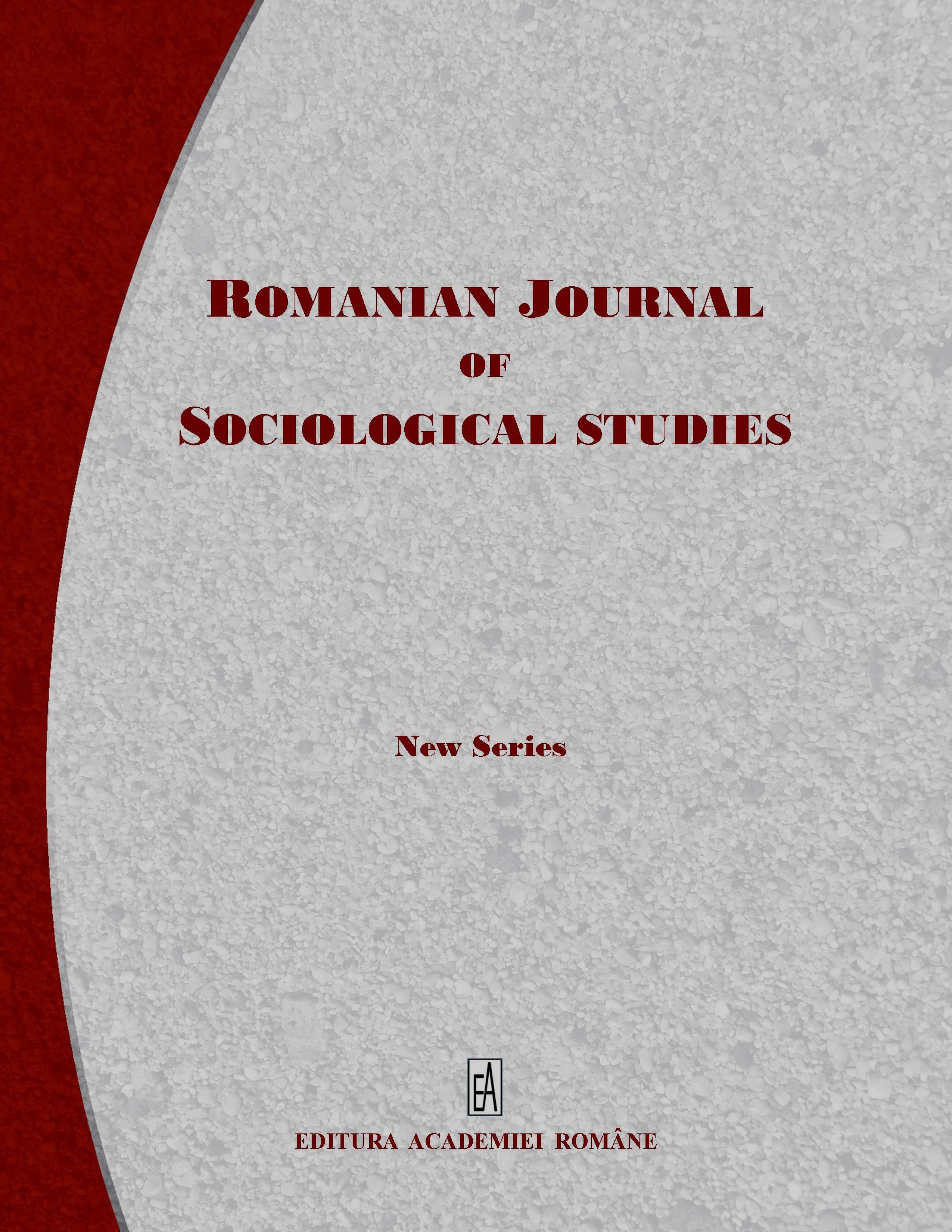POPULATION OF ROMANIA – SHAPES AND DEMOGRAPHIC TRENDS
POPULATION OF ROMANIA – SHAPES AND DEMOGRAPHIC TRENDS
Author(s): Veronica Dumitraşcu, Alexandru Emanuel Ştefan Trică, Nicoleta CarageaSubject(s): Social Sciences, Sociology
Published by: Editura Academiei Române
Keywords: population structure; development; demographic ageing; demographic decline; migration;
Summary/Abstract: Demographic changes affect all countries of the world, with higher and more sensitive impact on economic and social development in nowadays than in the past. An important aspect for the development of the nations is its demographic potential. Country population is considered the main factor when we are talking about the evolution of the society and its sustainable development. The objective of the paper is to analyse the population of Romania in terms of dimension, age structure and trends in the context of the international demographic evolution. Changes in dimension and age structure of the population are important concerning the economic behaviour on national and international level.Birth rate, life expectancy, mortality rates, migration rates are important indicators for the analysis of the population dynamics. Birth decline and high mortality rates show a natural decrease of the population with negative impact on the development level of the country. The statistical figures show a deep demographic decline in Romania, the main causes being the natural decrease of the population and the negative net international migration. On the other side, as the European countries, Romania faces the complex economic and social consequences of the slow but steady process of demographic ageing. Changing of the population structure by age, more balanced on older ages, is the consequence of the evolution of two major factors: vital events and international migration on one hand and life expectancy on the other hand. National Institute of Statistics, Romania and Eurostat mainly provide data used in this paper.
Journal: Romanian Journal of Sociological Studies
- Issue Year: 2018
- Issue No: 2
- Page Range: 119-135
- Page Count: 18
- Language: English

